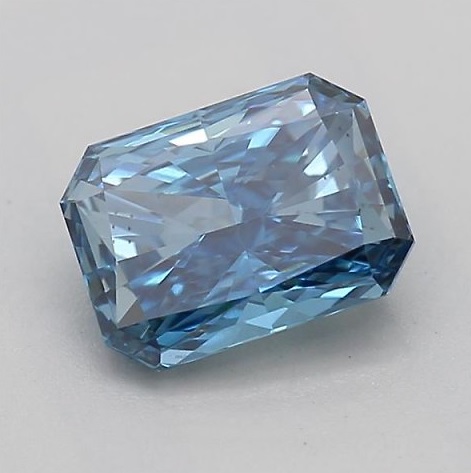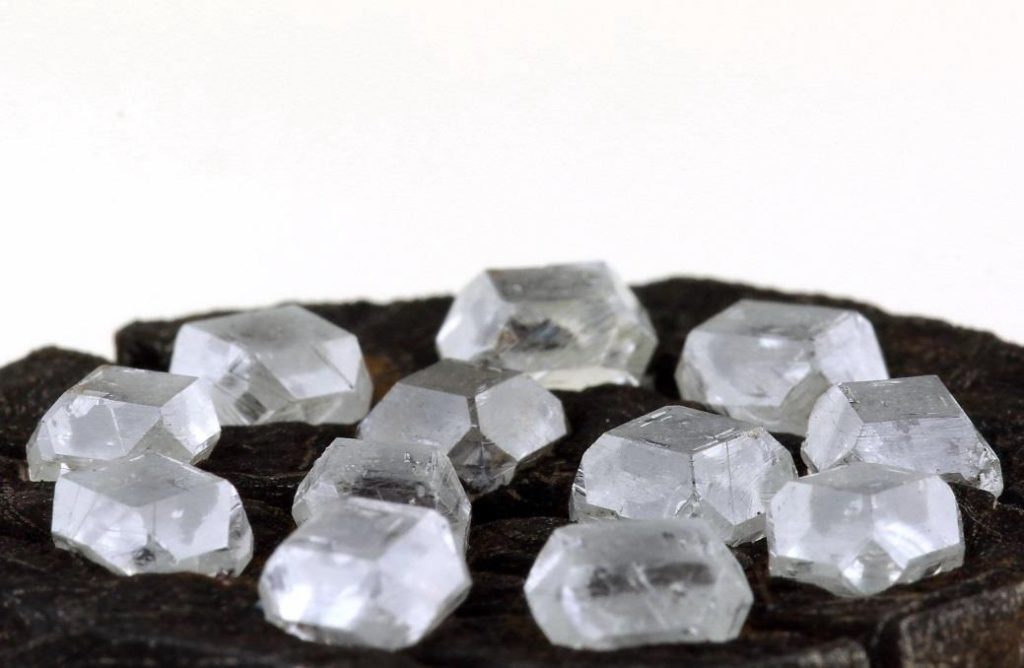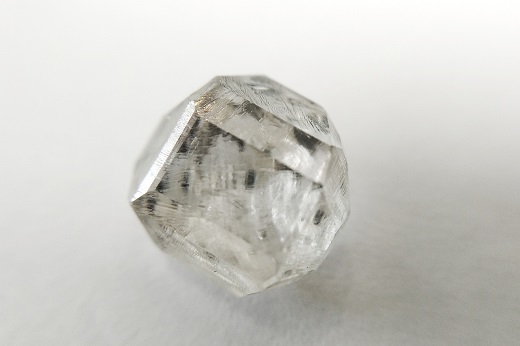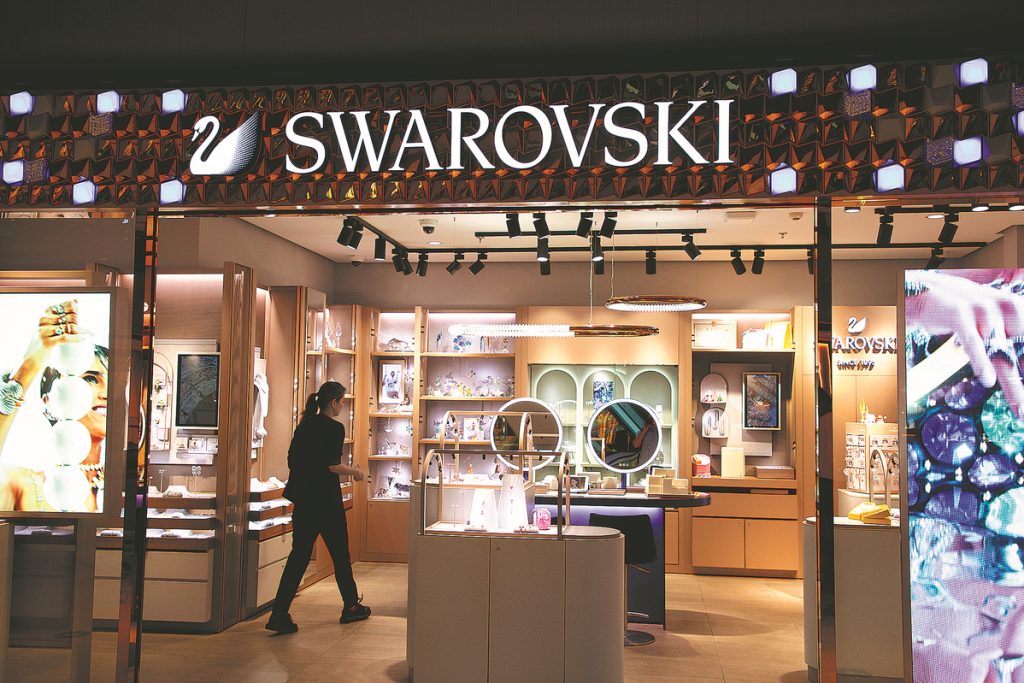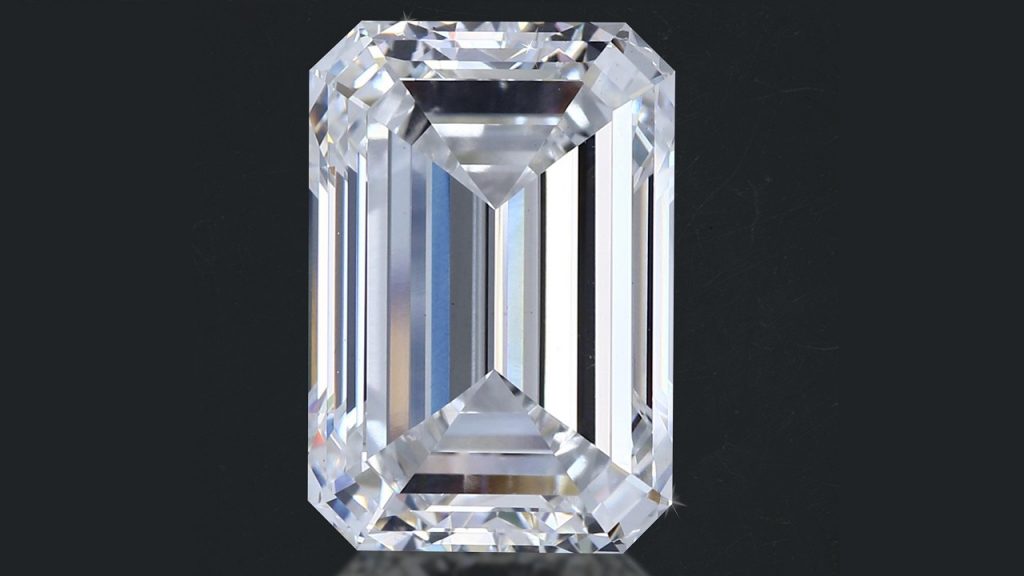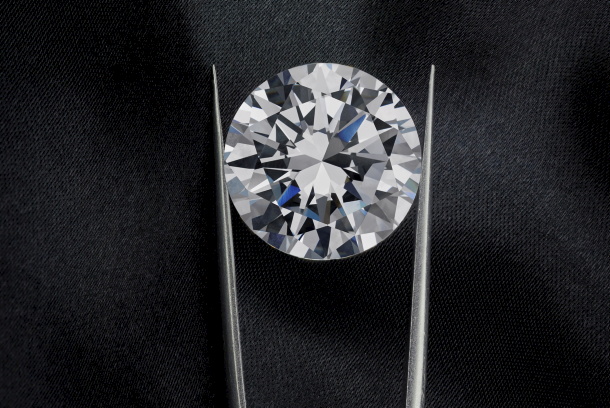
Lab-grown diamonds are transforming the global diamond industry especially the engagement ring sector offering consumers genuine diamonds at more accessible prices. These man-made stones are chemically, physically, and optically identical to mined diamonds but appeal to modern buyers with their affordability, ethical production, and growing market acceptance.
What Are Lab-Grown Diamonds?
Produced using High Pressure High Temperature (HPHT) or Chemical Vapour Deposition (CVD), lab-grown diamonds are real diamonds, not simulants like cubic zirconia. They share the same crystal structure and brilliance as mined stones, and require advanced gemmological equipment for origin detection.
Why Are They Gaining Popularity?
Affordability remains the primary driver. Lab-grown diamonds are typically 40–70% less expensive than natural diamonds of similar quality, allowing consumers to choose larger or higher-quality stones without exceeding their budget.
Ethical and environmental concerns are also influencing buyers. With no mining required, lab-grown diamonds reduce the risk of conflict sourcing and environmental degradation, appealing to younger generations who value transparency and sustainability.
Market Impact
Lab-grown diamonds now represent over 50% of the U.S. engagement ring market, with rapid uptake among millennials and Gen Z. Cities with a strong technology and education base lead the trend, while manufacturers particularly in China are scaling production to meet global demand.
Industry Response
The rise of lab-grown diamonds has disrupted the traditional diamond supply chain. Major miners like De Beers have reduced their market outlook, while smaller players like Gem Diamonds and Burgundy Diamond Mines have faced operational challenges.
Traditional diamond brands are repositioning mined diamonds as luxury items, focusing on rarity, heritage, and emotional value, while also reinforcing the investment case for natural stones.
Certification and Detection
DCLA plays a vital role in distinguishing between natural and lab-grown diamonds. We use advanced spectroscopic analysis, growth structure detection, and laser inscription verification to ensure accurate origin classification. Our grading reports clearly identify whether a diamond is natural or laboratory-created, helping maintain trust and transparency in the market.
Investment and Resale Considerations
While both lab-grown and natural diamonds offer identical beauty and durability, resale value currently favours natural diamonds, which tend to retain more long-term value. This distinction remains important for buyers considering heirloom or investment purposes.
Looking Ahead
The lab-grown diamond market is expected to continue growing, particularly in the engagement ring segment. With improvements in production efficiency and sustainability, consumer adoption is poised to accelerate further.
At DCLA, we remain committed to providing accurate certification, expert grading, and clear identification for both natural and lab-grown diamonds supporting consumer confidence and industry integrity in a rapidly evolving marketplace.
Source: DCLA



